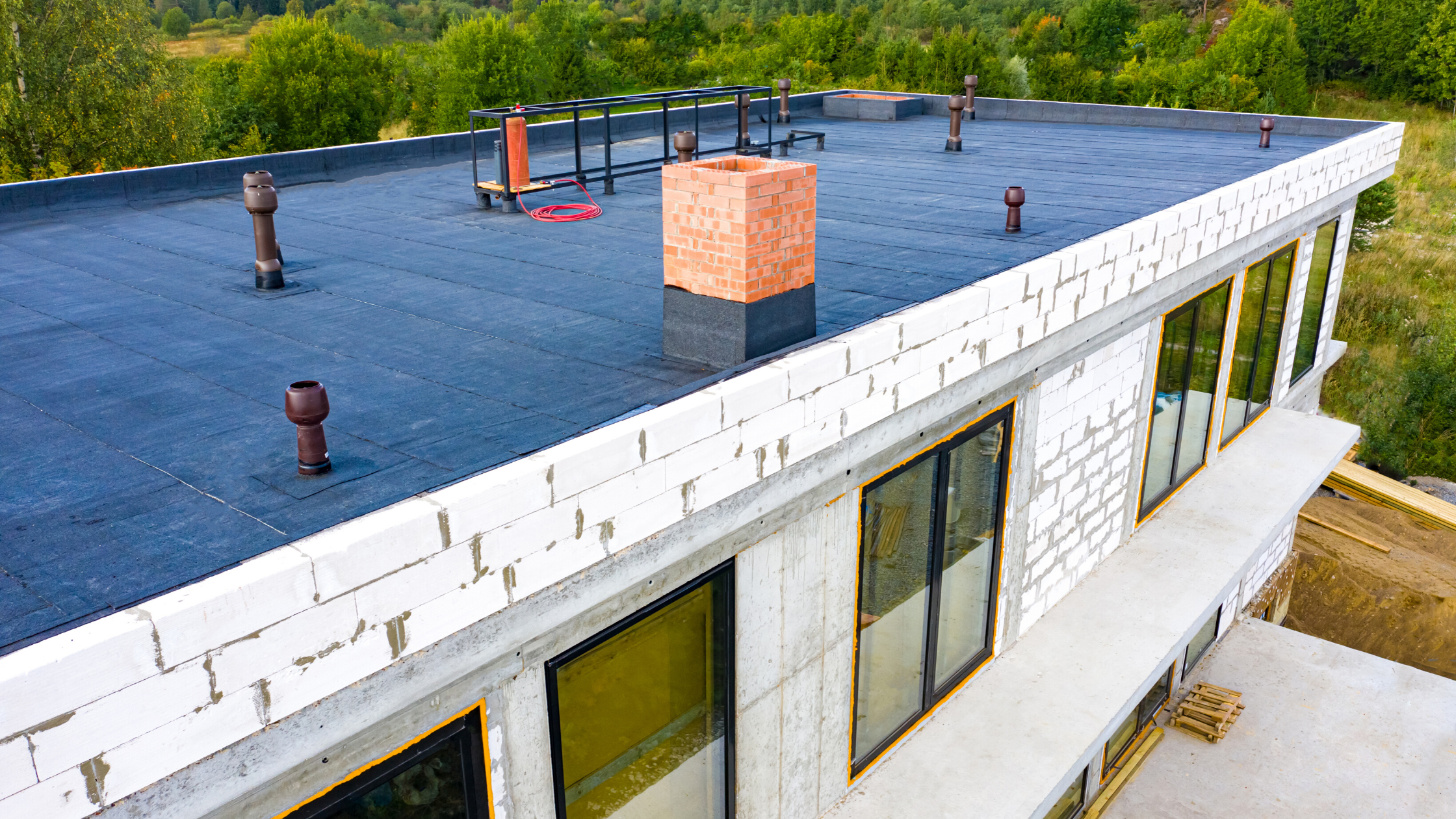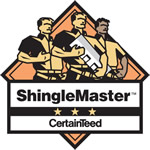Why Waterproofing is Essential

Waterproofing is the most dangerous subject but common man does not know how to use the concrete technology. He just shocks and wonders when he does not consider it a serious problem but feels inconvenience. Infiltration of water is a big problem to the building’s structure. Firstly, the water causes damage to the building cosmetically. You should realize that damage starts from a stain on interior. The irreversible damage is caused to exterior. When water enters a roof, it never dries out.
Roof Decay
A roof is decayed when moisture is trapped in insulation of roof. It causes premature failure of roof. Steel of beams and angles will be rusted when water enter the walls. These are the structures that give support. The moisture that enters concrete carry Cl¯ ions. It reinforces the bars and their size is expanded, it results in concrete spalling. If someone start to know about the water infiltration mechanics, then he will start to understand that how important it is to keep the building airtight. When water has entered a building, it causes instantaneous and long lived unwanted effects. If the problem remains for long time, it not only damages the contents of building but also the damages caused by water and fire, in deteriorating or decaying a building. Waterproofing is defined as “the conversion of hydrophilic water into hydrophobic water”.
What makes concrete absorb water?
Concrete, stones, bricks and mortars are made up of carbonate, aluminate, silicate, and oxides crystals. There surfaces contain the atoms of oxygen. The hydroxyl groups has negative charge electrically. It carries both positive and negative charges. These are called polar surfaces and are hydrophilic (water loving). When these surfaces come in contact with water, there is formation of hydrogen bonds between molecules of water and surface. Water is absorbed by capillary action when these building material have contact with water.
Concrete is a mixture of sand, cement, water and aggregate. In modern world, concrete is considering as most useful building material. Portland cement is the mixture of limestone and clay; a reaction occurs when it gets mix with water. These are complex chemical reaction. But insoluble compounds of silicate and hydroxide of calcium are formed during hydration reaction that takes place in cement when water mix with it.
Carbonation and hydration reactions are started simultaneously. Concrete is hardened by carbonation. It also reduces the concrete permeability. Alkalinity of concrete is also reduced by this reaction. This alkalinity protects the reinforcement which is steel-reinforced.
Concrete Strength
Hydration reaction gives strength to concrete. The amount of water used plays an important role. The strength increases with the less use of water for making concrete. Some of the water is used by the reaction of hydration itself. More water is added to concrete than it is needed. This water is used to give sufficient workability to concrete. Proper filling is achieved by following concrete. It is also achieved by composition forms. The water which is not used in the pore space microstructure. The concrete becomes weaker by the pores because of lack of hydrate bonds by calcium silicate which are strength forming. Some of the pores would remain open. It does not matter that how concrete is compact. During the process of hydration, there is production of calcium hydroxide, that help in the protection of reinforcement to becomes corroded. The steel does not corrode in condition of high alkalinity. As calcium hydroxide is present, the concrete has a pH more than 12.
How does water enter?
We expect that the building is watertight but some ingress points are always present on concrete. These points are present in some other building parts due to a number of reasons. These points allow water to enter. This water causes the damages such as:
- Malignancy is caused by the metals corrosion like reinforcement of steel in structures of concrete.
- Plasterboard swelling and subsequent ceramic tile do bonding.
- Short circuits possibility of power points and lighting.
- Point blistering.
- Structures damages and damage to finishes like beams, floor joints, studs, floors, frames and skirting
- Health problems caused by dampness that may results in respiratory problems, gas exposure, and effects the micro-organisms growth.
Health is greatly affected by the water present in buildings. It causes pollution in the environment especially in more populated cities where there is more population in small area. Carbon dioxide is formed, smoke coming from motor vehicles, sewage etc. This is a great problem that don’t have any solution.
Chlorides, oxides of Sulphur, carbon and nitrogen pollute the environment. This causes acid rain when pollutants mix in water. It enters the building and cause damage to reinforcement.
Building Protection Approaches.
Different approaches may help to protect the buildings from damages.
Environmental Changes.
The pollutant levels should be reduced, to reduce damages for specific situations. This can be done by carefully setting the industrial areas, and by reducing the emissions by vehicles and some other emissions.
Reduce the ingress of water.
The water ingress can be reduced by intervention and design. Water can be run off from movements and buildings by flashing. Intervention may stop the rising damp. In this way, it arrests salt decays. It may improve damage.
Protection of Building material through impregnation.
The material of building is impregnated by material which reduces the ingress of liquid water. At this present knowledge state, it’s impossible to the impregnation of building material and stop the diffusion of gas effectively.
Building Material Protection by Coating of Surface.
The building surface can be coated by a special coating surface for interruption of diffusion of gases which causes damages. This coating can be a thicker coating for protection like a render. Such coating must allow the water vapors transmission.
Conclusion
We have best technologies that are today available, we know that buildings begin to show stress in a short time period. As the arrival of monsoon, seepage and leakage problem for terraces and roofs especially at front. It is beside the expenditures which are heavy. It is incurred by rehabilitation and repair is swelling. It would one day cripple our economy.

In Awe Roofing Limited is an Award-Winning, family owned and operated Vancouver Roofing Contractor with over 17 years of roofing experience. We serve the entire Lower Mainland area, from Whistler to Chilliwack, employing a team of professional staff members. Our team has won numerous awards including Best of Homestars for the last five years, and Three Best Rated six years in a row. Learn more






















